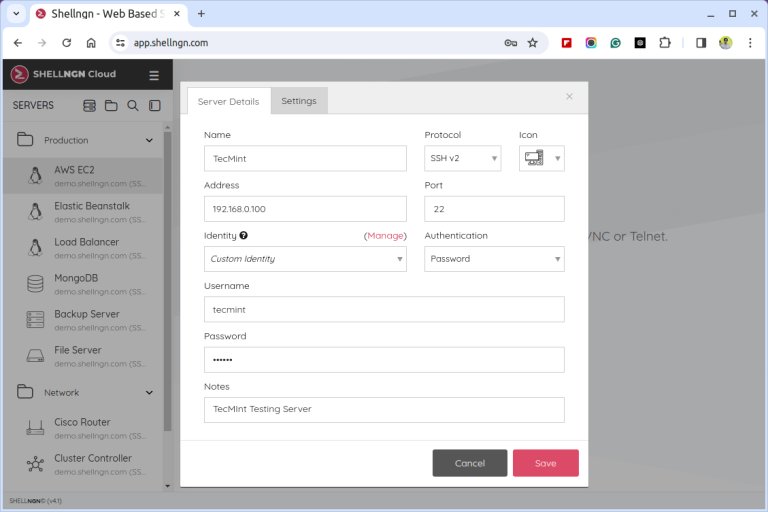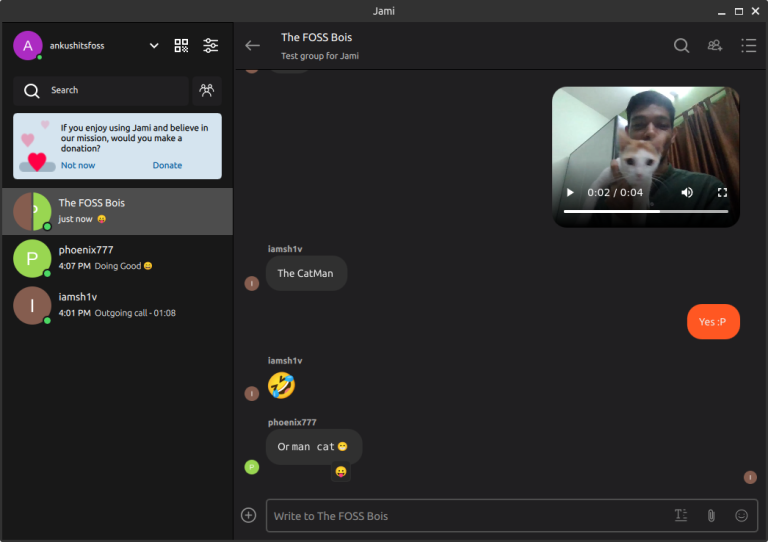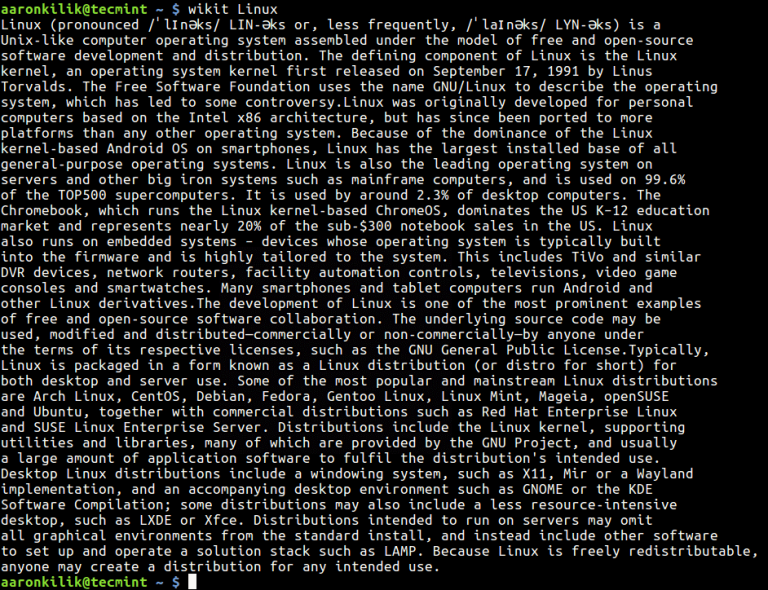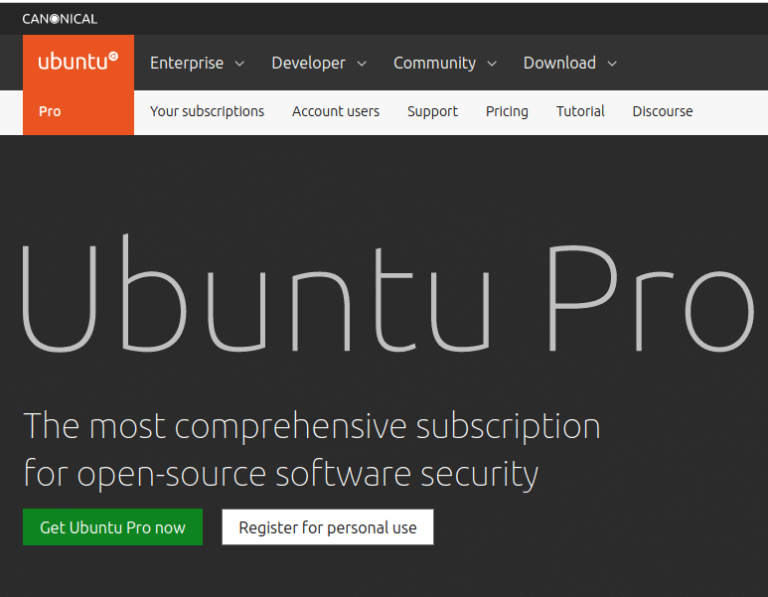Developing Robust Integration of Linux and IoT Solutions
The Internet of Things (IoT) represents a vast frontier for innovation, promising to connect and automate our world in ways we’re just beginning to understand. Linux, known for its stability, security, and open-source nature, stands as a preferred operating system for many IoT devices. This article delves into how you can leverage Linux to build powerful, reliable, and secure IoT solutions.
Introduction to IoT and Linux
IoT involves the extension of internet connectivity into physical devices and everyday objects. These devices can communicate and interact with others over the internet, and they can be remotely monitored and controlled. With the proliferation of IoT devices in various sectors—from industrial automation and smart homes to healthcare—the need for robust underlying systems that can handle security, connectivity, and scalability issues is paramount.
Linux, with its versatility across different hardware platforms and its robustness, has become a go-to choice for IoT applications. It supports a range of architectures from high-power servers to low-power microcontrollers, making it ideal for the diverse needs of IoT devices.
Understanding IoT and Linux Basics
Key Concepts of IoT
IoT ecosystems consist of web-enabled smart devices that use embedded systems, such as processors, sensors, and communication hardware, to collect, send and act on data they acquire from their environments. IoT devices share the sensor data they collect by connecting to an IoT gateway or other edge device where data is either sent to the cloud to be analyzed or analyzed locally.
Why Linux for IoT?
Linux offers several advantages for IoT systems:
- Stability and Reliability: Linux is known for its stability, which is crucial for devices that need to run continuously without failure.
- Security: With advanced features like SELinux, Linux provides robust security, which is critical for IoT devices that are often targets for cyber attacks.
- Open Source: Linux’s open-source nature allows developers to customize and secure their operating systems based on their specific needs.
Selecting the Right Hardware
Choosing the right hardware is critical as it influences both the performance and the capabilities of the IoT solution. When selecting hardware for Linux-based IoT devices, consider:
- Processor Capabilities: Ensure the processor can handle the computation needs of your application.
- Memory and Storage: Adequate RAM and storage are necessary for smooth operation, especially if the device will process or store significant amounts of data.
- Connectivity Options: Depending on your needs, ensure the device supports Wi-Fi, Bluetooth, Ethernet, or cellular connections.
- Power Consumption: Particularly important for battery-powered devices like sensors in remote locations.
Popular hardware choices for Linux IoT projects include the Raspberry Pi, which offers a balance of performance and power consumption, and the BeagleBone Black, known for its real-time processing capabilities.
Comprehensive Guide to WordPress Website Development
Developing a WordPress website is a sequential process that requires careful planning, thoughtful execution, and consistent maintenance to ensure it meets the needs of users and achieves its intended goals. This involves a series of clearly defined stages, including planning, designing, content creation, optimisation, and ongoing maintenance. Each stage plays a crucial role in building a website that is not only visually appealing and functional but also secure, high-performing, and engaging for its target audience. By incorporating the right plugins and tools during these stages, you can effectively enhance your website’s capabilities and ensure that it delivers a seamless experience to its visitors.
Focus on these critical stages and leverage the recommended plugins to build a WordPress website that stands out in the competitive digital space and consistently delivers exceptional results.
-
What makes Fastdot.com such a great WordPress hosting provider:
Fastdot.com specialises in WordPress hosting and is highly regarded for its streamlined installation processes, robust and secure infrastructure, and round-the-clock expert support. This makes it an excellent choice for both beginners and experienced developers looking to ensure a reliable hosting environment for their WordPress websites. -
WordPress – Digital Experiences, Re-imagined:
In today’s rapidly evolving digital landscape, WordPress has emerged as a powerful and versatile platform, serving as a cornerstone for creating innovative and adaptive digital experiences. Initially launched in 2003 as a straightforward blogging tool, WordPress has evolved into a comprehensive content management system (CMS) that powers over 40% of all websites worldwide, demonstrating its adaptability and scalability for various online applications. -
How to Optimize Your Images to Speed Up WordPress:
Image optimisation involves reducing the file size of images without compromising their visual quality. This process is essential for enhancing your website’s loading speed, which directly improves user experience and boosts your search engine rankings. Implementing effective image optimisation techniques can significantly enhance the overall performance of your WordPress site. -
The Importance of WordPress Design:
WordPress, which powers over 40% of websites globally, plays a pivotal role in shaping modern digital experiences. Whether you are building a personal blog, a corporate website, or a complex e-commerce platform, the design choices you make will directly influence user engagement, brand perception, and conversion rates, making thoughtful design an integral part of the development process. -
MediaWiki on Fastdot: The Leading Australian Hosting Provider:
MediaWiki is an open-source platform renowned for powering Wikipedia. It enables users to create, edit, and manage large-scale collaborative projects and knowledge bases. When hosted on Fastdot, users benefit from a reliable infrastructure, ensuring that their MediaWiki projects run smoothly and securely. -
WordPress Hosting on Fastdot – Australia’s Leading Hosting Provider:
Fastdot stands out as one of Australia’s premier web hosting providers, offering robust, high-performance solutions specifically tailored for WordPress sites. Their advanced infrastructure, unparalleled security features, and expert support team ensure that your WordPress website operates efficiently and securely, no matter its size or complexity. -
Prestashop eCommerce Hosting – Australia’s Leading Hosting Provider:
PrestaShop is an open-source eCommerce platform trusted by over 300,000 online stores worldwide. It offers advanced functionalities such as product management, integrated payment gateways, SEO tools, and a rich ecosystem of themes and modules. When hosted on Fastdot, PrestaShop empowers businesses to create highly customisable and scalable online stores. -
How to Register a Domain Name:
Registering a domain name is one of the most critical steps in establishing an online presence, whether it’s for a personal project, a small business, or a larger organisation. This comprehensive guide walks you through the process of securing a domain name, ensuring that your website has a unique and memorable address on the internet. -
Flickr Group Feature – Challenge Accepted!:
This article highlights the unique dynamics of popular Flickr groups like Macro Mondays, where a shared focus and strong moderation foster vibrant online communities. Such groups demonstrate how collaboration and shared goals can create engaging and successful digital spaces.
Setting Up Linux on IoT Devices
Installing Linux on an IoT Device
The installation of Linux on an IoT device usually involves the following steps:
- Selecting a Distribution: Choose a lightweight distribution like Raspbian for Raspberry Pi or Ubuntu Core for other devices.
- Flashing the Image: Use tools like Etcher or Rufus to write the Linux image to an SD card.
- Initial Setup: Configure the basics such as timezone, username, and network settings.
Configuring the Device
Configuration might involve:
- Network Configuration: Setting up Wi-Fi or Ethernet connections.
- Security Settings: Configuring firewalls and security protocols to protect the device.
Developing IoT Applications on Linux
Tools and Programming Languages
- Python is widely used due to its simplicity and the vast array of libraries available for data handling and IoT.
- Node.js is preferred for building scalable network applications.
- C/C++ is used where low-level hardware interaction is necessary.
Development Environments
Using integrated development environments (IDEs) like Visual Studio Code or PyCharm can simplify coding, debugging, and testing IoT applications. These environments support direct deployment to remote IoT devices, streamlining the development process.
Example Project
Creating a simple temperature monitoring system:
- Sensor Setup: Connect a temperature sensor to a Raspberry Pi.
- Application Code: Write a Python script to read temperature data and send it to a cloud platform.
- Data Handling: Use MQTT to transmit sensor data to a server or cloud platform for further analysis.
Integrating IoT Devices with Other Systems
Connectivity and Protocols
- MQTT: A lightweight messaging protocol ideal for many IoT scenarios.
- CoAP: A web transfer protocol for constrained devices.
- HTTP/HTTPS: Useful for devices with higher computing power.
Cloud Integration
Integrating with platforms like AWS IoT or Google Cloud IoT Core allows for powerful data analysis, management, and storage capabilities. These platforms offer tools to manage device communication, monitor health, and even automate responses based on incoming data.
Security Considerations
The security of IoT devices is a critical concern. Essential practices include:
- Regular Updates: Keeping the device firmware and software updated to protect against vulnerabilities.
- Secure Communication: Using encryption protocols such as SSL/TLS for data transmission.
- Authentication and Authorization: Implementing proper mechanisms to control access to IoT devices.
Deploying and Monitoring
Deployment Strategies
- Over-the-Air Updates: Allows you to push updates to devices without needing physical access, essential for large-scale deployments.
- Containerization: Using Docker to deploy applications ensures consistency across multiple devices and environments.
Monitoring Tools
Using tools like Grafana and Prometheus, you can visualize metrics and logs, which helps in monitoring the health and performance of IoT devices.
Conclusion
Building and deploying Linux-based IoT solutions involves a deep understanding of both the software and hardware components of the system. By leveraging the power and flexibility of Linux, developers can create highly efficient, secure, and reliable IoT solutions. As the IoT landscape continues to evolve, Linux is expected to play an even greater role in its development, providing a robust foundation for future innovations.






